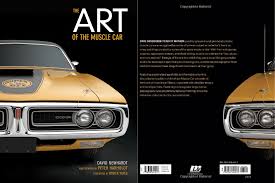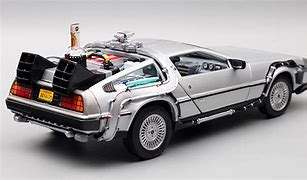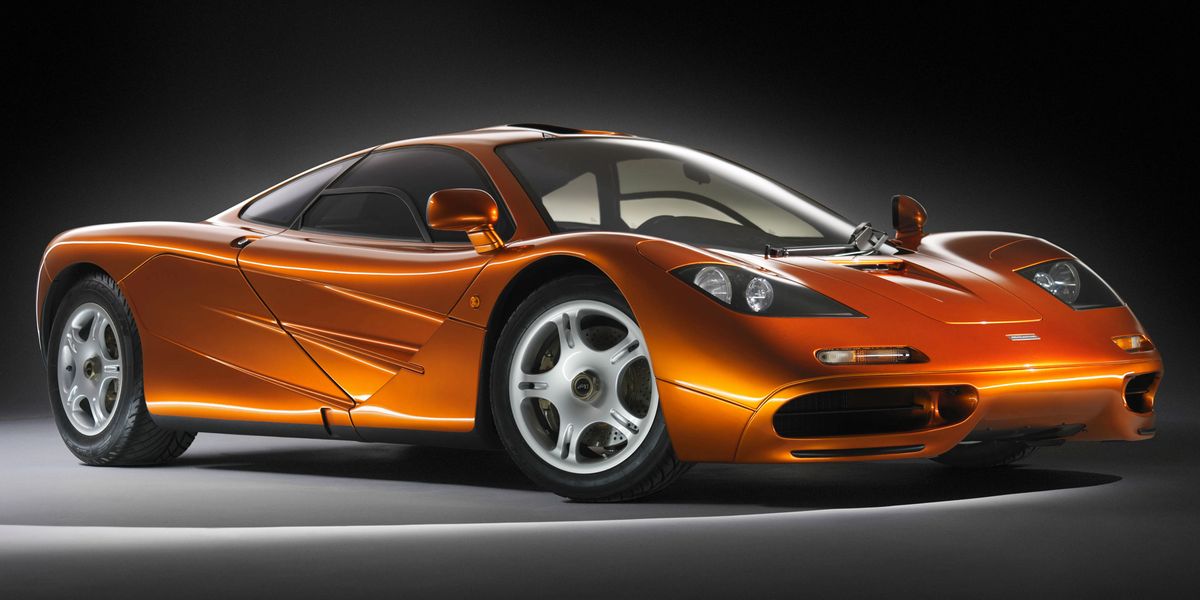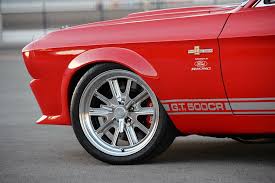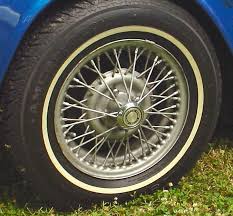A brief history of
MG
Introduction
The car manufacturer MG has made an important impact on the automotive world. In this article we will give a brief but detailed history of the MG marque.
We will look at the origins of MG looking at who, why, where and when MG was founded. We'll look at the design of the iconic MG logo and what are some the more significant MG models.
We'll take a glance at what racing history the MG has and who some of the most important people have been in the history of MG over the years.
Who, where, when and why was
MG founded?
MG, the iconic British car manufacturer, was founded by Cecil Kimber in 1924. The company's origins can be traced back to the Morris Garages, a sales and service center for Morris cars in Oxford, England. Kimber, the general manager of the Morris Garages, recognized the potential to create sports cars based on Morris chassis and engines, leading to the birth of the MG brand.
Kimber's vision was to produce affordable, lightweight sports cars that offered exceptional performance and driving enjoyment. In 1924, MG launched its first model, the MG 14/28 Super Sports, based on the Morris Oxford chassis. The car featured a stylish open-top body design and a 1.8-liter engine, delivering impressive performance for its time.
MG's early success prompted the company to develop more sports car models, including the iconic MG Midget, which debuted in 1929. The Midget became synonymous with MG, showcasing the brand's commitment to creating nimble and agile sports cars that captured the hearts of motoring enthusiasts.
MG's rise to prominence coincided with the growing popularity of motorsport. The company recognized the value of racing success in promoting its brand and showcasing the performance capabilities of its cars. In the 1930s, MG cars achieved numerous victories in various racing events, including the prestigious Mille Miglia in Italy and the 24 Hours of Le Mans endurance race.
MG's racing success further elevated the brand's reputation and helped establish its identity as a manufacturer of sports cars. The MG K3 Magnette, introduced in 1933, was specifically developed for racing, featuring advanced engineering and aerodynamic styling. The K3 Magnette's success on the track solidified MG's position as a formidable competitor in motorsport.
During World War II, MG, like many other automakers, shifted its focus to supporting the war effort. The company produced military equipment and vehicles, contributing to the British war effort. After the war, MG resumed production of its sports cars, catering to the demand for affordable and enjoyable driving experiences in the post-war era.
MG continued to produce a series of iconic models, including the MGA, MGB, and MG Midget, which became beloved classics in the automotive world. These cars embodied MG's ethos of combining style, performance, and affordability.
In the latter part of the 20th century, MG went through several ownership changes and faced various challenges. The brand's production ceased in the early 2000s, but it was revived in 2007 under the ownership of the Chinese automaker SAIC Motor Corporation. The relaunched MG brand continues to produce modern sports cars and electric vehicles while honouring the heritage and legacy of the iconic British marque.
MG's enduring appeal lies in its commitment to creating sports cars that deliver thrilling driving experiences. From its humble beginnings in Oxford to its racing successes and the production of iconic models, MG has left an indelible mark on the automotive industry, embodying the spirit of British sports cars.
How did the
MG logo originate?
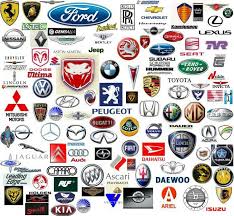
How did the MG logo originate?
The MG logo, an integral part of the iconic British car manufacturer's identity, has undergone several transformations throughout the company's history. The logo has evolved in parallel with MG's journey, reflecting the brand's heritage, values, and design philosophy.
The original MG logo, introduced in the early years of the company, featured the letters "MG" enclosed within an octagon-shaped badge. The badge was adorned with a delicate wreath and a pair of wings, symbolizing speed, agility, and the brand's racing heritage. This logo represented MG's early association with Morris Garages and its focus on creating sports cars that combined performance and elegance.
In the 1930s, MG introduced a revised logo that became an enduring symbol of the brand. The new emblem featured the letters "MG" enclosed within an oval-shaped badge, with the letter "M" stylized to resemble a pair of wings. This logo was prominently displayed on MG's sports cars, and its streamlined design echoed the aerodynamic styling of the vehicles themselves. The logo represented MG's commitment to innovation, speed, and grace.
Throughout the years, the MG logo has seen further modifications to reflect changing design trends and brand identity. In the 1990s, a three-dimensional version of the logo was introduced, incorporating shading and depth to give it a more contemporary look. This iteration of the logo retained the classic oval shape and winged "M" but added a modern touch.
In recent years, the MG logo has evolved once again to align with the brand's rejuvenation under new ownership. The current logo features a simplified design, with the letters "MG" enclosed within a circular badge. The logo represents a more modern and minimalist interpretation of the brand's heritage, while still paying homage to MG's rich history.
The MG logo's evolution reflects the brand's journey from its early association with Morris Garages to its current position as a global automotive manufacturer. The logo's design has evolved to capture the essence of MG's commitment to performance, elegance, and innovation, while staying true to the brand's racing heritage and iconic status in British automotive history.
What are some of the significant
MG models?
MG, the iconic British car manufacturer, has produced a range of significant models throughout its history. From classic roadsters to modern electric vehicles, MG's lineup showcases its commitment to performance, style, and driving enjoyment.
In the 1930s, MG introduced the MG T-Series, which included the renowned MG TA, MG TB, and MG TC models. These compact and sporty roadsters captured the hearts of motoring enthusiasts with their stylish design, nimble handling, and open-top driving experience. The T-Series models embodied the spirit of MG, delivering a thrilling driving experience that showcased the brand's commitment to sports cars.
One of MG's most iconic models is the MGB, introduced in the 1960s. The MGB became one of the best-selling sports cars of its time, offering a blend of performance, affordability, and style. Available in both roadster and coupe variants, the MGB featured a sleek design, responsive handling, and a lively engine. The MGB became synonymous with MG and remains a beloved classic among automotive enthusiasts.
In recent years, MG has embraced electric mobility with models such as the MG ZS EV. The ZS EV represents MG's commitment to sustainable transportation, offering an all-electric compact SUV with a generous driving range. The ZS EV combines practicality, advanced technology, and zero-emission driving, reflecting MG's dedication to a greener future.
Another notable model in MG's lineup is the MG3, a stylish and affordable hatchback. The MG3 embodies MG's heritage of providing enjoyable driving experiences in an accessible package. With its distinctive design, sporty dynamics, and an array of customizable options, the MG3 appeals to a younger generation of drivers seeking style and fun behind the wheel.
MG's lineup also includes the MG HS, a midsize SUV that offers a blend of comfort, space, and modern features. The MG HS caters to the growing demand for SUVs, delivering a practical and refined driving experience. With its sleek design, advanced safety technologies, and a range of engine options, the MG HS represents MG's commitment to meeting the needs of a diverse range of customers.
Furthermore, MG has introduced the MG TF LE500, a modern interpretation of its classic roadster. The TF LE500 pays homage to MG's heritage while incorporating modern technology and engineering advancements. With its timeless design, agile handling, and open-top driving experience, the TF LE500 captures the essence of MG's sports car legacy.
In summary, MG's most significant models include the iconic T-Series roadsters that established the brand's reputation for sports cars, the beloved MGB that became a classic of its time, and the modern lineup featuring electric vehicles like the ZS EV. MG's commitment to performance, style, and affordability is evident in models such as the MG3 and MG HS, catering to a wide range of customer preferences. With a blend of classic heritage and modern innovation, MG continues to make a mark in the automotive industry.

One of MG's Most Iconic Models
Who are some of the most important people in
MG's History
MG, the iconic British car manufacturer, owes much of its success and legacy to the significant individuals who have played pivotal roles in shaping the brand's history. From visionary founders to talented engineers and designers, these people have left a lasting impact on MG and contributed to its reputation as a manufacturer of stylish, sporty, and innovative automobiles.
Cecil Kimber: Cecil Kimber, a key figure in MG's early years, played a vital role in establishing the brand's identity and guiding its early success. Kimber joined Morris Garages (MG) in 1921 and eventually became the general manager. Under his leadership, MG began producing its own vehicles, specializing in affordable and enjoyable sports cars. Kimber's vision of creating stylish and accessible sports cars resonated with a growing number of motoring enthusiasts, setting the foundation for MG's enduring legacy.
John Thornley: John Thornley, who joined MG in the 1930s, played a significant role in the brand's post-war growth and international success. As the managing director of MG, Thornley was instrumental in guiding the company through a period of expansion and transformation. Under his leadership, MG's lineup expanded to include new models such as the iconic MGB. Thornley's keen business acumen and commitment to innovation helped elevate MG's status and solidify its reputation as a leading sports car manufacturer.
Sydney Enever: Sydney Enever, MG's chief engineer, was instrumental in the development of many iconic MG models. Enever's engineering expertise and attention to detail contributed to the performance and reliability for which MG became renowned. His contributions were particularly notable in the development of the MGB, which became one of MG's most successful and beloved models. Enever's commitment to excellence and his pursuit of engineering advancements played a crucial role in shaping the driving dynamics and overall appeal of MG's vehicles.
Don Hayter: Don Hayter, an accomplished designer and engineer, made significant contributions to MG's design language and product development during his tenure with the company. Hayter played a pivotal role in the creation of the MGB, collaborating with Enever on its design and development. He also had a hand in the design of other MG models, including the MG Midget. Hayter's artistic sensibilities and attention to detail helped shape the distinctive and timeless aesthetics of MG's vehicles, contributing to the brand's iconic status.
The individuals mentioned above represent just a few examples of the significant people who have shaped MG's history. Countless engineers, designers, and executives have played vital roles in MG's success, continually pushing the boundaries of automotive design and engineering. Their collective efforts, talent, and dedication have established MG as an iconic brand that embodies style, performance, and the spirit of British sports cars.

One of the most influential people in the history of MG
MG's Racing History
MG, the iconic British car manufacturer, has a rich racing heritage that spans several decades and encompasses various motorsport disciplines. The brand's involvement in racing has not only showcased its engineering prowess but has also served as a platform for innovation, competition, and the development of high-performance vehicles.
MG's racing legacy dates back to the early years of the brand when Cecil Kimber, the visionary founder of MG, recognized the promotional value of motorsport. In the 1930s, MG began participating in various racing events, including road races, endurance races, and hill climbs. These races provided an opportunity to demonstrate the performance and capabilities of MG's sports cars to a wider audience.
One of MG's early successes in racing came with the introduction of the MG K3 Magnette. Developed specifically for competition, the K3 Magnette featured advanced engineering and aerodynamic styling. The car's performance on the track was impressive, and it secured victories in prestigious events such as the Mille Miglia and the 24 Hours of Le Mans. MG's racing triumphs with the K3 Magnette helped establish the brand's reputation for performance and durability.
MG continued its racing endeavors after World War II, with notable achievements in various motorsport disciplines. In the 1950s, MG's participation in the sports car racing scene remained strong. The MG TF, successor to the pre-war MG T-Series, was a popular choice among amateur and professional racers. The lightweight construction, responsive handling, and accessible price made the TF a competitive option on the track.
During this period, MG also gained recognition in rallying. The MG Magnette ZA, a four-door sedan, demonstrated its capabilities in endurance events such as the Monte Carlo Rally. The car's performance and reliability in challenging conditions showcased MG's commitment to engineering excellence and durability.
In the 1960s and 1970s, MG solidified its presence in touring car racing. The MG MGB, a popular sports car, competed in various national and international touring car championships. The MGB's success on the track highlighted its performance capabilities, while the affordability and accessibility of the road-going MGB helped popularize the brand among motorsport enthusiasts.
In recent years, MG's racing involvement has expanded to include electric motorsport. The brand has participated in the FIA Formula E Championship, a global electric racing series. The decision to enter Formula E aligns with MG's focus on electric vehicle development and sustainability. MG's participation in Formula E serves as a platform to showcase its electric vehicle technology and contribute to the advancement of electric mobility.
MG's racing history is a testament to the brand's commitment to performance, engineering excellence, and competition. The achievements on the track have not only bolstered the brand's reputation but have also contributed to the development of road-going MG models. MG's racing endeavors serve as a constant reminder of its racing heritage and the spirit of innovation and competition that drives the brand forward.
Summary
MG, the iconic British car manufacturer, has a storied history and a reputation for producing stylish, sporty, and accessible vehicles. With a rich heritage dating back to the early 20th century, MG has captured the hearts of motoring enthusiasts worldwide.
Known for its commitment to performance and driving enjoyment, MG has produced a range of notable models throughout the years. From the iconic MG T-Series roadsters of the 1930s to the beloved MGB of the 1960s and 1970s, MG's lineup has embodied the spirit of British sports cars. These models, with their sleek designs, responsive handling, and affordable price tags, have become symbols of MG's commitment to delivering exhilarating driving experiences.
In recent years, MG has embraced electric mobility with models like the MG ZS EV, showcasing the brand's dedication to sustainability and innovation. MG continues to evolve and adapt to changing market trends while staying true to its heritage, providing a compelling blend of style, performance, and accessibility in its lineup of vehicles.
View MG Car Specifications
More Manufacturer Histories.
